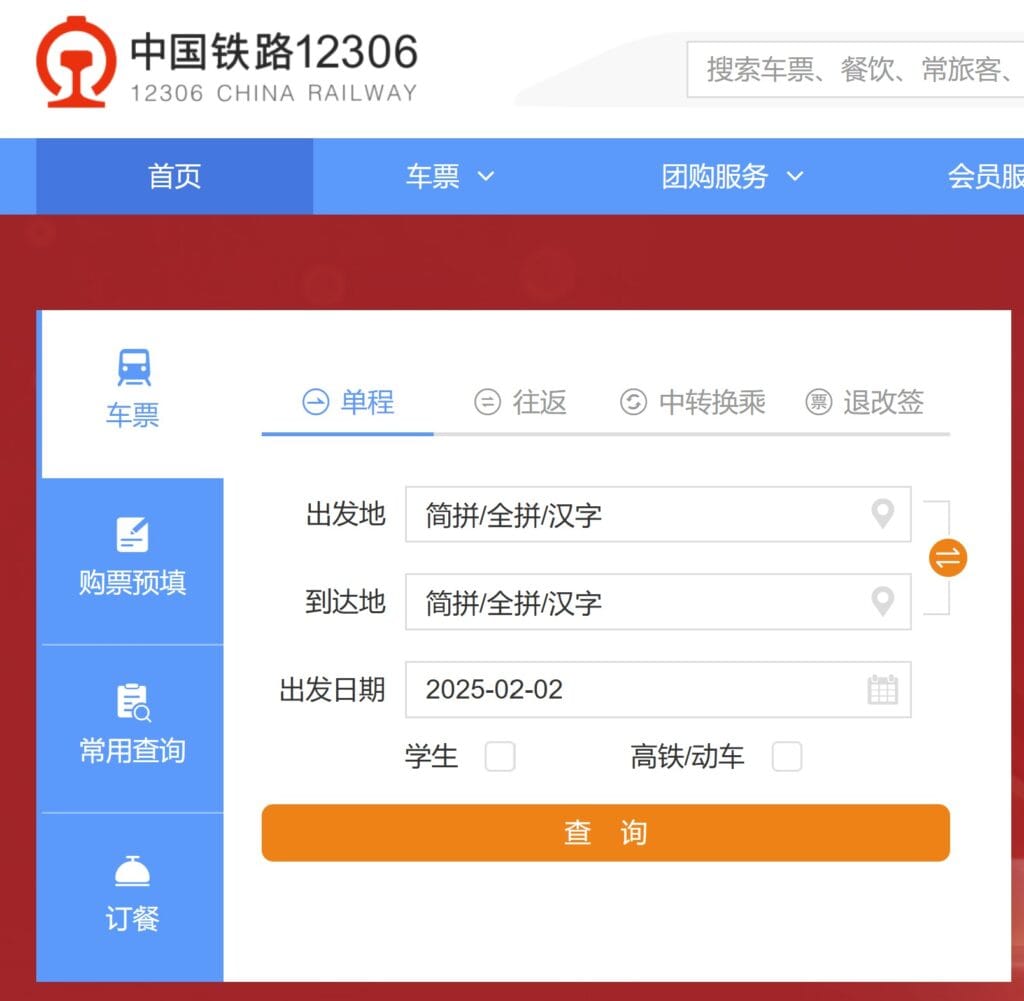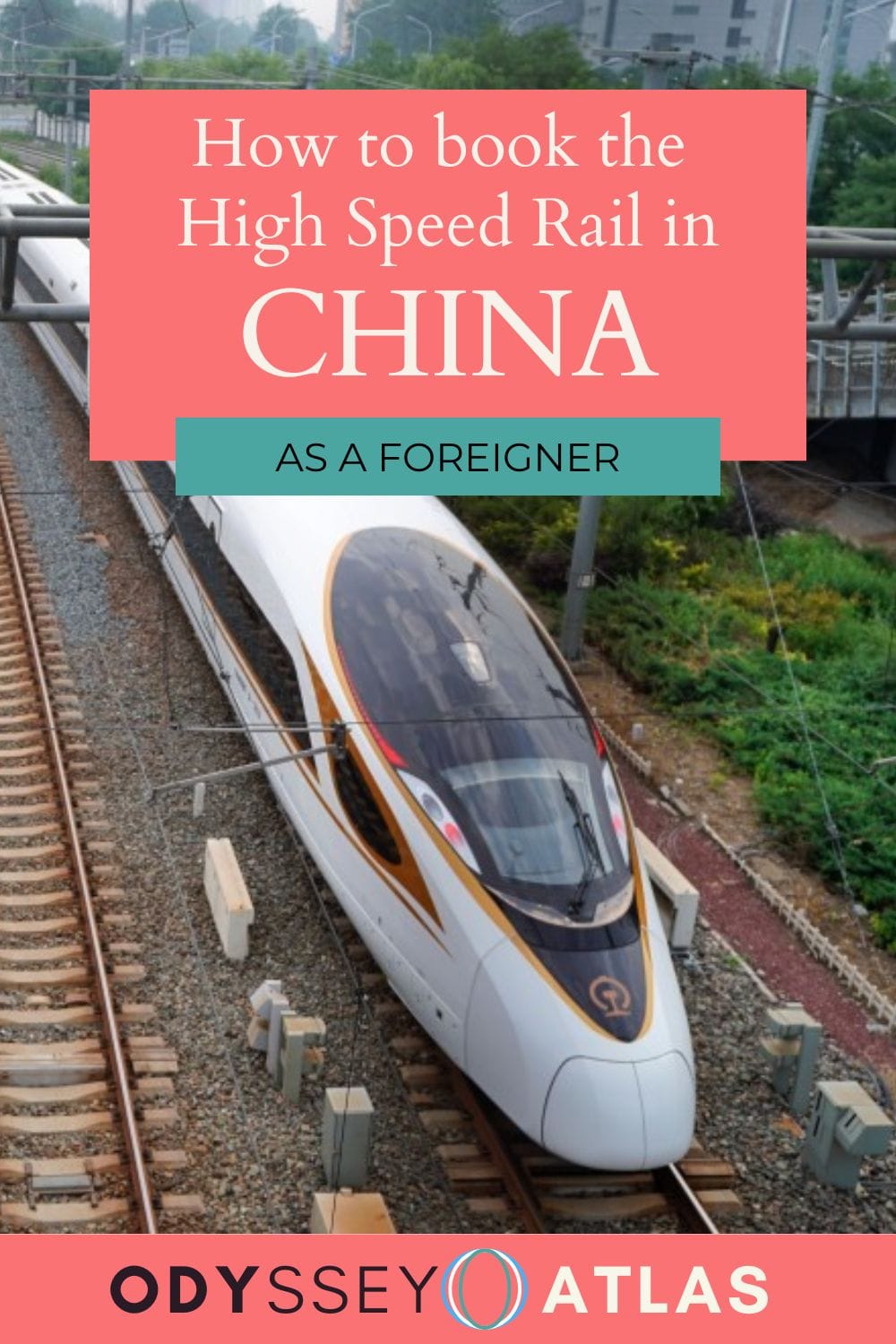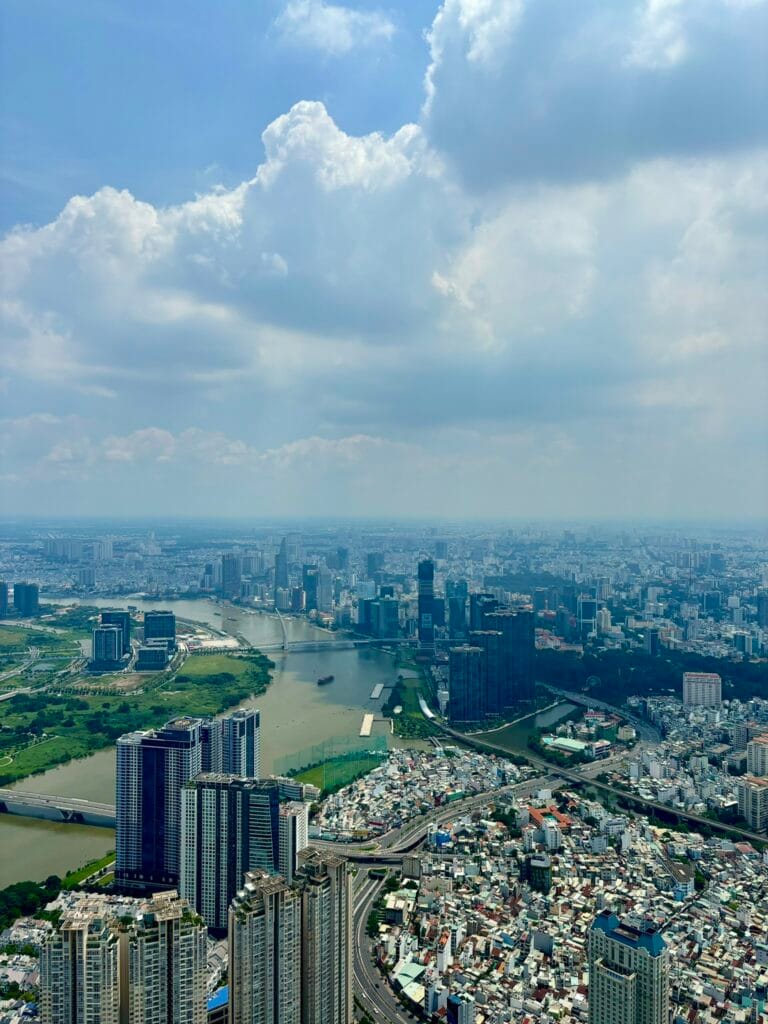Hi, I’m Mark!
I’m currently planning my first ever trip to mainland China for November this year. I have been studying Chinese (Mandarin) for over a year now, and I’m hoping that by understanding the language, even a little bit, it will help me to have some unique travel experiences and connect better with local people.
I cant wait to explore such a diverse country, but as an English speaking Australian, with only a basic understanding of mandarin, there are a few things I have struggled to figure out when planning my itinerary, so I wanted to share some of the things I’ve learned whilst I’m in this planning stage.
I hope this article helps you to plan your own journey!
When I first began planning, I looked at domestic flights between some of the major cities in China, but along the way, I learned about the amazing High Speed Rail that covers the majority of this enormous country!
This article may contain affiliate links that make me a small commision, at no extra cost to you. This commsision really helps me to keep this site up and running so I can share my travel experience with all of you.
China’s Enormous High Speed Rail Network
China boasts the world’s largest high-speed rail network, spanning over 40,000 kilometers (24,850 miles) and connecting almost every major city. The network includes multiple classes of trains, including the ultra-fast Fuxing trains, which can reach speeds of 350 km/h (217 mph).
Key routes, such as Beijing–Shanghai, Guangzhou–Shenzhen–Hong Kong, and Chengdu–Chongqing, are among the busiest and most convenient for travelers. The extensive coverage means that high-speed rail is often a more efficient and cost-effective alternative to air travel, providing a seamless experience for both domestic and international tourists.
Understanding the Train Numbering System
China’s railway system uses a train numbering system to differentiate between different types of services:
- G trains (High-Speed Rail): These are the fastest and most modern trains, operating at speeds of up to 350 km/h (217 mph). They primarily run on dedicated high-speed rail lines and offer a smooth, efficient travel experience.
- D trains (Bullet Trains): Slightly slower than G trains, these trains typically run at speeds of 200–250 km/h (124–155 mph) and serve both high-speed and conventional rail lines.
- C trains (Intercity Trains): These operate over shorter distances between cities within the same region, such as Beijing to Tianjin, at speeds of 200–350 km/h.
- T, K, and Z trains (Conventional Trains): These trains run on older rail networks, with slower speeds and longer travel times, making them less ideal for travelers looking for efficiency.
Understanding these classifications will help you choose the right train for your journey, ensuring a faster and more comfortable trip.
Understanding the Ticketing System
One of the key things to know about China’s rail system is that tickets can only be booked up to 15 days in advance. This can be frustrating if you’re planning your trip well ahead of time, especially for peak travel seasons when tickets sell out quickly.
The Official Booking Site is Difficult for us Foreigners (…or maybe just me?)
The official booking site is 12306.cn, and is the primary way to purchase tickets, but I’ve found it tricky to navigate even when translating the page into English.
I’ve found a lot of people online mentioning that you also need a Chinese payment method for you to succesfully purchase the tickets which rules this out for me unfortunately.

The Easier Alternative
This is where Trip.com comes in handy— It is all in English, and they also allow you to pay for a ticket in advance, before the 15 day official selling period.
Once the tickets offically go on sale by China Railway, trip.com will continuously attempt to secure a seat for you as soon as they become available. This takes the pressure off me having to make sure I log on exactly 15 days before I want to travel in order to secure my ticket.
- Search for Your Train – The High Speed Train booking page is fully in English, making it much easier to navigate. I’ve included the search box above where you can search for your destinations and date to see available options. of you.
- Pay in Advance – Unlike 12306.cn, Trip.com allows you to book the tickets before the 15-day window opens. They will then attempt to secure your ticket the moment it becomes available.
- Receive Confirmation – Once Trip.com successfully books your ticket, you’ll receive an e-ticket confirmation. Note: You do not have a ticket for the train until you recieve the confirmation from trip.com within 2 weeks before the date of travel.
- Use Your Passport as Your Ticket – At the station, simply scan your passport at the ticket gate—no need to pick up a physical ticket.
Tips for a Smooth Booking Experience
- Book Early: Even though tickets are only released 15 days in advance, trains sell out quickly, especially for popular routes like Beijing–Shanghai.
- Check Alternative Routes: If your desired train is sold out, consider taking a train to a nearby city and transferring. This can also open up new travel destination opportunities for you!
- Bring Your Passport: You’ll need your passport to book, board, and retrieve any physical tickets. In China you will need your passport for everything, so the trains will be just one more thing.
- Arrive Early: China’s train stations are massive, and security checks can take time. Arriving at least 45 minutes before departure is recommended.
- Line up in the correct line: Most of the lines to enter the station and platforms are for people with a chinese national ID card, which I dont have, so look for the line for foreigners, usually to one side, or find a person manually checking passports at the gate.

Final Thoughts
Booking a high-speed rail ticket in China doesn’t have to be complicated. While 12306.cn is the official channel, using Trip.com offers a more user-friendly experience, especially for non-Chinese speakers. By planning ahead and using the right tools, you’ll be able to enjoy the speed and comfort of China’s world-class rail system with ease.
Safe travels and enjoy your journey through China!
I’ll be sure to keep this blog updated on the details of my trip!




